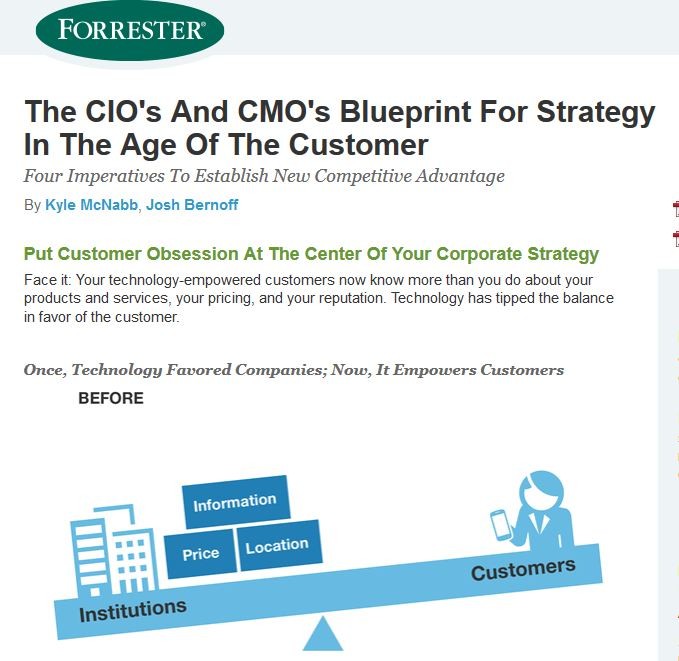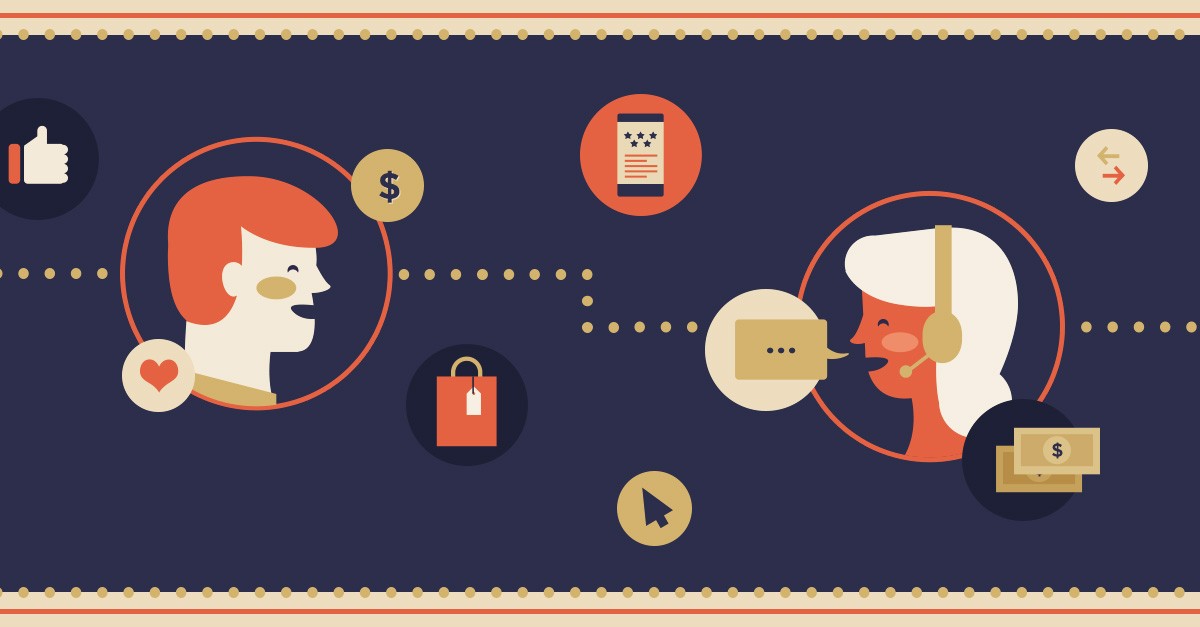What is CRM A Holistic Approach to Customer Relationship Management Canada Blog Salesforce
Post on: 16 Март, 2015 No Comment

Sales, marketing, and customer service professionals love referring to CRM as a technology solution—and with good reason. Average improvements among Sales force customers reflect favourable returns: a 36 percent increase in sales productivity, a 25 percent increase in sales pipeline, a 26 percent increase in sales win rate, a 30 percent increase in revenue, and a 45 percent increase in forecast accuracy. Not too shabby.
A Google search of the term “CRM” produces a number of software results. Of the top 50 search results, 76 percent return information about CRM software systems. CRM is often synonymous with software because the acronym was born of and proliferated parallel to the 1990s advances in business technology. Database software was the earliest revolution of managing customer contacts, spurred by the customer-centric banking and telecommunications industries.
CRM software is a critical component of any company’s success, but a ship is only as good as its crew. A company can have the best CRM system in the world, but has the team formalized a process? How about identifying its people and stakeholders? How do those people and processes interact to drive an organization to achieve its goals?
Now is the time to talk about the big picture of CRM as a holistic system to help drive success.
What Does CRM Stand For?
CRM is short for customer relationship management, but it’s a whole lot more than those three basic words. It’s a combination of methodologies and software systems that help companies build relationships with customers through organization, automation, synchronicity, and—most recently—collaboration. It ties together the customer lifecycle and distributes it across the integrated teams and functions of your business.
CRM helps organizations be more effective and efficient in their day-to-day tasks and assists them in reaching long-term business objectives and goals. However, good process is nearly invisible. CRM must fit the organization’s processes, which are in turn driven by the customer lifecycle.
The Three Pillars of CRM
People, process, and technology are each a critical cornerstone of a successful customer relationship management strategy. Not giving proper attention to each will make those pillars crumble and your structure fall. Don’t fall prey to cognitive bias —the assumption there are no problems because the process already seems to work from your vantage point, or the assumption your people are already aware of the process. Ensure your process is in place and account for the people involved in your organization before selecting the right technology solution.
CRM maturity models can help organizations plan for their CRM roadmap and understand where they are in the process for full CRM mastery. A number of models exist, from the simple to the complex. Here is a simplified version to illustrate how organizations may be tempted to skip the people and process components of CRM strategy and head directly to technology.
Each stage represents a step along the CRM adoption continuum. Stage zero represents no process, while stage five is the highest level of fully integrated organizational actualization, a deep understanding of processes, use, and continuous improvement beyond just using the software.
Don’t get stuck in stage two or three on your organizational path to self-actualization. Understanding the people and processes behind your technology will keep things moving along.
CRM is all about the people—literally. Few other business functions are as focused on people. The origin of the practice is as old as business itself. After all, every business has relationships to manage. It’s just a matter of how technology has altered the speed and ways in which we connect. Businesses would not be investing more than $20 billion annually in CRM if they did not believe in building trust through long-term relationships. This investment is projected to grow to $36 billion by 2017.
The focus of CRM is to develop stronger customer relationships, those lasting ties that help both the business and the customer thrive. It’s essential to understand the customer through profiles, use cases, needs, personas, and individual customer lifecycles. (More about this in a minute.)
But it’s not just about building relationships with customers. CRM systems also help manage relationships with stakeholders—both internal and external—of your organization. These include:

- Customers
- Employees
- Executive leadership
- Partners
- Suppliers
- Media
- Investors
- Advisors
The relationships between and among these stakeholders are key. Understanding what information needs to be shared and accessed by each party, as well as how information travels between them, will help guide a plan for CRM software. Consider building an organizational relationship map to identify critical paths in communication.
Process is the structure that liberates your company to grow and evolve, and each process is unique to every organization.
Take your organizational relationship map and understand who will be using a CRM. Know what their natural process is before investing in software. One core process that most business functions revolve around is the customer lifecycle.
CRM Addresses the Customer Lifecycle
Customer relationship management’s primary roles of sales, marketing, and customer service represent functions along the customer lifecycle. Although each has a dominant role, all work to support one another.
Every business’s customer lifecycle is unique, but a general flow is as follows:
So how does each customer relationship management function address these core lifecycle events? Here are a few ways the functions work together and address each step.














